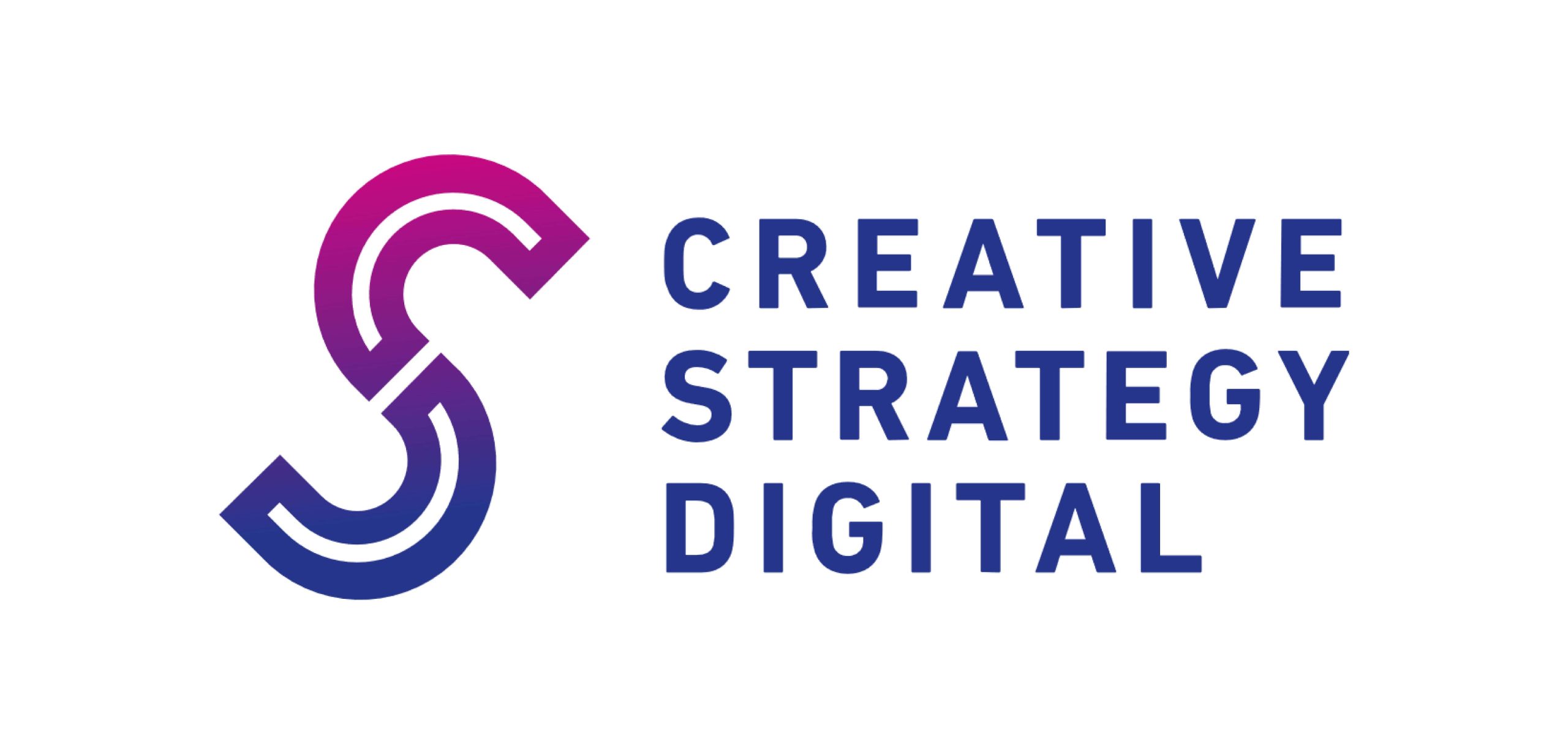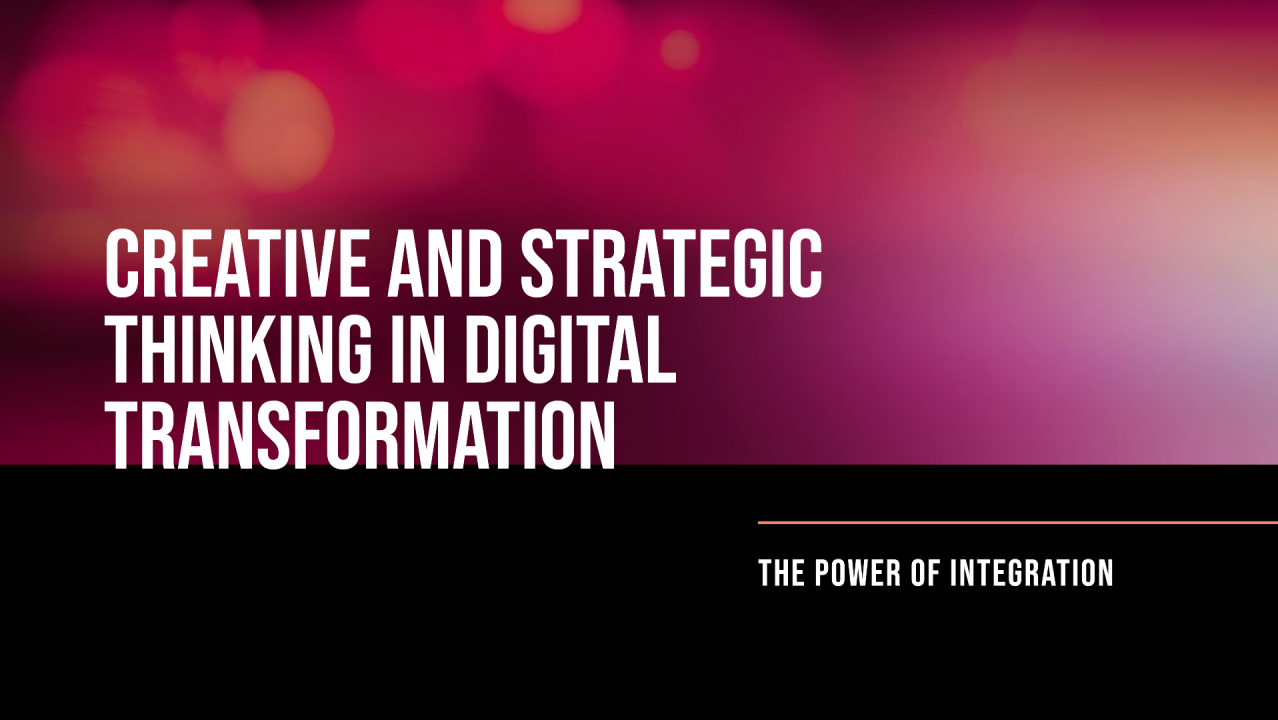The Role of Design in a Winning Digital Strategy
In the fast-evolving world of digital marketing, your brand’s success depends on more than just having a great product or service. To stand out in a crowded market, you need a solid digital strategy that leverages design as a core component. Whether it’s a website, mobile app, or digital ads, design plays a pivotal role in shaping how your audience interacts with your brand.
Why Design is Critical in Digital Strategy
Design isn’t just about aesthetics. It’s about crafting experiences that capture attention, engage users, and guide them toward taking meaningful actions. A winning digital strategy understands that design isn’t just something “nice to have”; it’s a fundamental part of creating value and delivering a positive user experience.
1. First Impressions Matter
When users encounter your digital platform, they make split-second judgments about your brand based on its design. Research shows that it takes less than 50 milliseconds for users to form an opinion about a website. A clean, user-friendly design can create a positive first impression, building trust and credibility. On the other hand, poor design can quickly push potential customers away, leading to high bounce rates.
2. Improved User Experience (UX)
User experience (UX) is crucial for retaining customers and ensuring that your digital strategy works. Effective design enhances the usability and accessibility of your website or app, making it easy for visitors to navigate and find the information they need. A well-designed interface with clear call-to-action buttons, intuitive layouts, and mobile optimization creates a seamless experience that keeps users engaged.
A strong UX design also reduces friction in the user journey, leading to higher conversion rates and improved customer satisfaction.
3. Consistency Across Platforms
A digital strategy that uses design to create a consistent brand identity across all touchpoints can foster a cohesive and professional image. Consistency in design elements, such as colors, typography, and imagery, helps reinforce your brand’s message, making it easier for users to recognize and remember your brand.
With more people interacting with brands across multiple platforms—websites, social media, apps, and email—it’s essential to maintain a consistent design approach. Whether someone is on your website or scrolling through your Instagram feed, they should be able to instantly recognize your brand through familiar design elements.
4. Mobile Responsiveness
With more people accessing digital content via smartphones and tablets, ensuring that your digital platforms are mobile-responsive is essential. Mobile-friendly design isn’t just about resizing elements on a screen; it’s about optimizing user experience for a smaller screen, faster load times, and touch interactions.
A winning digital strategy recognizes that a poor mobile experience can result in lost business opportunities. Studies show that 53% of mobile users will abandon a page if it takes more than three seconds to load. Therefore, prioritizing mobile-first design is no longer optional—it’s a necessity for business success.
5. Creating Emotional Connections
Design has the power to create emotional connections with your audience. The right use of colors, fonts, and imagery can evoke specific feelings, such as trust, excitement, or joy. These emotional connections help differentiate your brand in a competitive marketplace.
For example, warm colors like orange and yellow can create a sense of energy and excitement, while blue tones often evoke feelings of trust and calm. By aligning your design with your brand’s values and the emotions you want to convey, you can create deeper connections with your audience.
6. Data-Driven Design
In today’s data-driven world, design decisions should be based on insights and analytics. Understanding how users interact with your platform allows you to make design improvements that directly impact key performance metrics such as conversion rates, user retention, and bounce rates.
A winning digital strategy uses A/B testing, heatmaps, and user feedback to continuously refine its design and ensure that it meets user needs. By adopting a data-driven approach to design, you can maximize the effectiveness of your digital strategy and achieve measurable results.
7. Differentiating from Competitors
In a crowded market, differentiation is key to standing out. Design allows you to communicate what makes your brand unique and why customers should choose you over your competitors. Whether it’s through innovative product designs, creative website layouts, or distinctive visual content, design helps carve out your brand’s identity.
By integrating unique design elements that reflect your brand’s personality and values, you can create a lasting impression that separates you from the competition and appeals to your target audience.
8. Building Trust and Credibility
Trust is an essential factor in any successful digital strategy. People are less likely to engage with or purchase from brands they don’t trust. Design plays a significant role in building that trust. A polished, professional design communicates that your brand is reliable and legitimate.
Conversely, a poorly designed website or app can raise doubts about the authenticity of your business. To foster trust, focus on high-quality visuals, clear messaging, and a clean layout that reflects professionalism.
Conclusion
Incorporating design into your digital strategy is no longer optional; it’s a must if you want to succeed in a competitive online marketplace. A thoughtful, user-centric design can enhance brand recognition, improve user experience, and drive business growth. By focusing on the elements that matter—such as consistency, mobile responsiveness, emotional connections, and data-driven insights—you can create a digital strategy that not only attracts but also retains and converts your audience.
As digital platforms continue to evolve, the role of design in shaping your brand’s success will only become more important. So, invest in design that aligns with your business goals and watch your digital strategy thrive.




